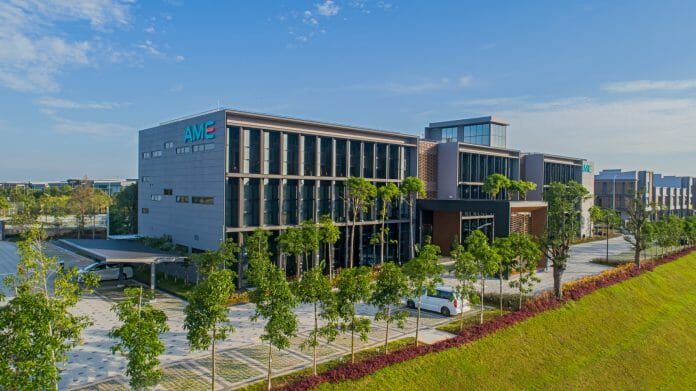AME REIT appears to have a bright outlook, with the high debt headroom, a clear pipeline of new developments from its sponsor, and favourable supply-demand dynamics in the industrial properties space.
Accompanying these are positive prospects from its organic and inorganic growth, with management targeting RM100 million in new acquisitions each year.
According to RHB Research (RHB) in the latest Small Cap Asean Research Report, AME REIT has 33 industrial properties and three dormitories in Johor.
It is well-positioned in the booming industrial segment, especially with regional electronic manufacturing services, technology, consumer products, and e-commerce sectors being expected to continue growing.
The high-quality tenants the REIT attracts should ensure sustainable occupancy rates and rental reversions. Worker dormitories form a sub-segment that should see robust demand in the coming years, given the increasing emphasis on environmental, social and governance.
AME REIT is further backed by a sturdy supporter in the form of AME Elite Consortium (AME). AME is a professional industrial property developer and contractor. It builds third party industrial facilities and develops customised factories for clients in its own industrial parks.
The 170-acre new land in Southern Industrial & Logistics Clusters should sustain the flow of assets to be injected into AME REIT over the longer term. Having spent more than 14 years in the industrial real estate segment, AME REIT CEO Chan Wai Leo is experienced in driving the REIT’s inorganic growth prospects.
So far, AME REIT is the only M-REIT that has worker dorms in its portfolio. Although the three worker dorms only account for 22% of asset value, income from this segment is likely to be lumpy whenever a new dorm is injected.
“We expect the sponsor to build more dorms in the coming years given the robust demand for worker dorms, greater emphasis on environmental, social and governance in the region, and regulatory shifts. This would lead to more dorms with better quality and that are compliant with requirements and standards set,” said RHB.
RHB derives their trading price using a discounted dividend model approach, as the REIT pays out most of its earnings as dividends, with a 2% environmental, social and governance premium applied based on their in-house proprietary methodology.
Their core net profit estimate for financial year 2023 is RM32 million, an increment of 19% year-on-year, driven by the commencement of the third dorm’s operations as well as better rental reversion post economic re-opening.
RHB expects financial year 2024-2025 net income to grow by 5.6% year-on-year and 3.8% year-on-year, as contributions from two of the pipeline assets will start kicking in from financial year 2024 onwards.
Key downside risks identified by RHB are the unexpected slowdown in economic growth, increased competition, and loss of key tenants.








